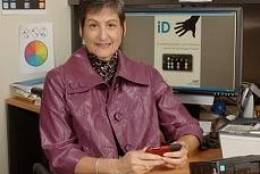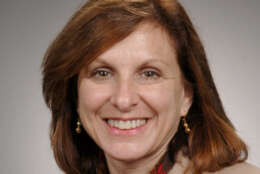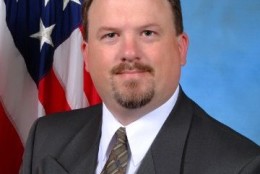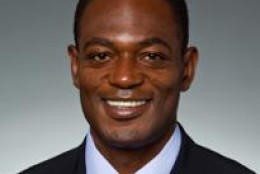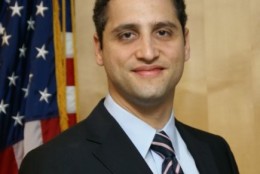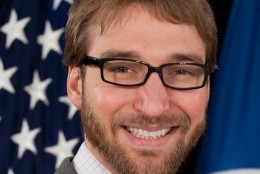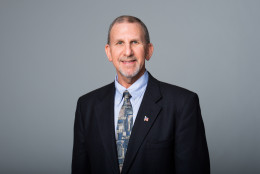National Institute of Standards and Technology
-
The constant danger and the endless procedures to ensure cybersecurity combine to produce a new psychological phenomenon — security fatigue. That's according to a group of researchers from the National Institute of Standards and Technology. Computer scientist Mary Theofanos joins Federal Drive with Tom Temin with more.
October 14, 2016 -
If 800-160 establishes, or re-establishes anything, it's that security is an engineering discipline.
October 13, 2016 -
The National Institute of Standards and Technology's National Cybersecurity Center of Excellence develops guidance and best practices on broad cybersecurity concepts that can be applied across multiple business environments.
October 12, 2016 -
The website will launch in a few weeks and it will be a place where agencies can find cybersecurity best practices. The site is part of a multi-pronged approach to closing gaps in federal cybersecurity. Educating and training the government cyber workforce is another priority of the new federal chief information security officer.
October 11, 2016 -
The Pentagon is developing a secure cloud computing architecture that will create a standard approach for boundary and application level security for commercial services.
September 26, 2016 -
Lots of potential for reducing the attack surfaces lies in getting rid of forgotten and unknown devices that remain connected.
September 22, 2016 What is the state of cybersecurity in the federal government? Find out when Strategic Cyber Ventures CTO Ann Barron-DiCamillo joins host John Gilroy on this week's Federal Tech Talk. September 20, 2016
September 19, 2016-
Important lessons are being learned as the government takes tentative steps toward the cloud computing environment.
September 14, 2016 -
Ron Ross, a computer security fellow at the National Institute of Standards and Technology, told crowds on Tuesday that faster migration to the cloud could make federal data systems more secure from malicious attacks.
September 14, 2016 -
The Commerce Department is joining the conversation about what role the federal government can play in the success and security of the Internet of Things.
September 01, 2016 -
The Homeland Security Department plans to issue guidance for stakeholders when it comes to deploying, manufacturing and consuming internet-connected devices.
August 31, 2016 -
The National Institute of Standards and Technology unveiled the third draft of its digital authentication standards. Among the many changes to the guidance is a new name, and the division of the original document from one to four sections.
August 30, 2016 -
Ron Ross, a fellow at the National Institute of Standards and Technology, and Bob Bigman, a retired CIA chief information security officer and now president of 2BSecure, a consulting firm, made the case for the public and private sectors to move to trustworthy computing more quickly during presentations before the Commission on Enhancing National Cybersecurity.
August 29, 2016 -
When computer scientist Jeffrey Voas set out to determine the security implications of the Internet of Things for the National Institute of Standards and Technology, he discovered that first he would need to provide a scientific definition.
August 17, 2016 -
In today's Top Federal Headlines, the National Institute of Standards and Technology is asking for advice from citizens, organizations, and agencies on methods for strengthening cybersecurity.
August 12, 2016

